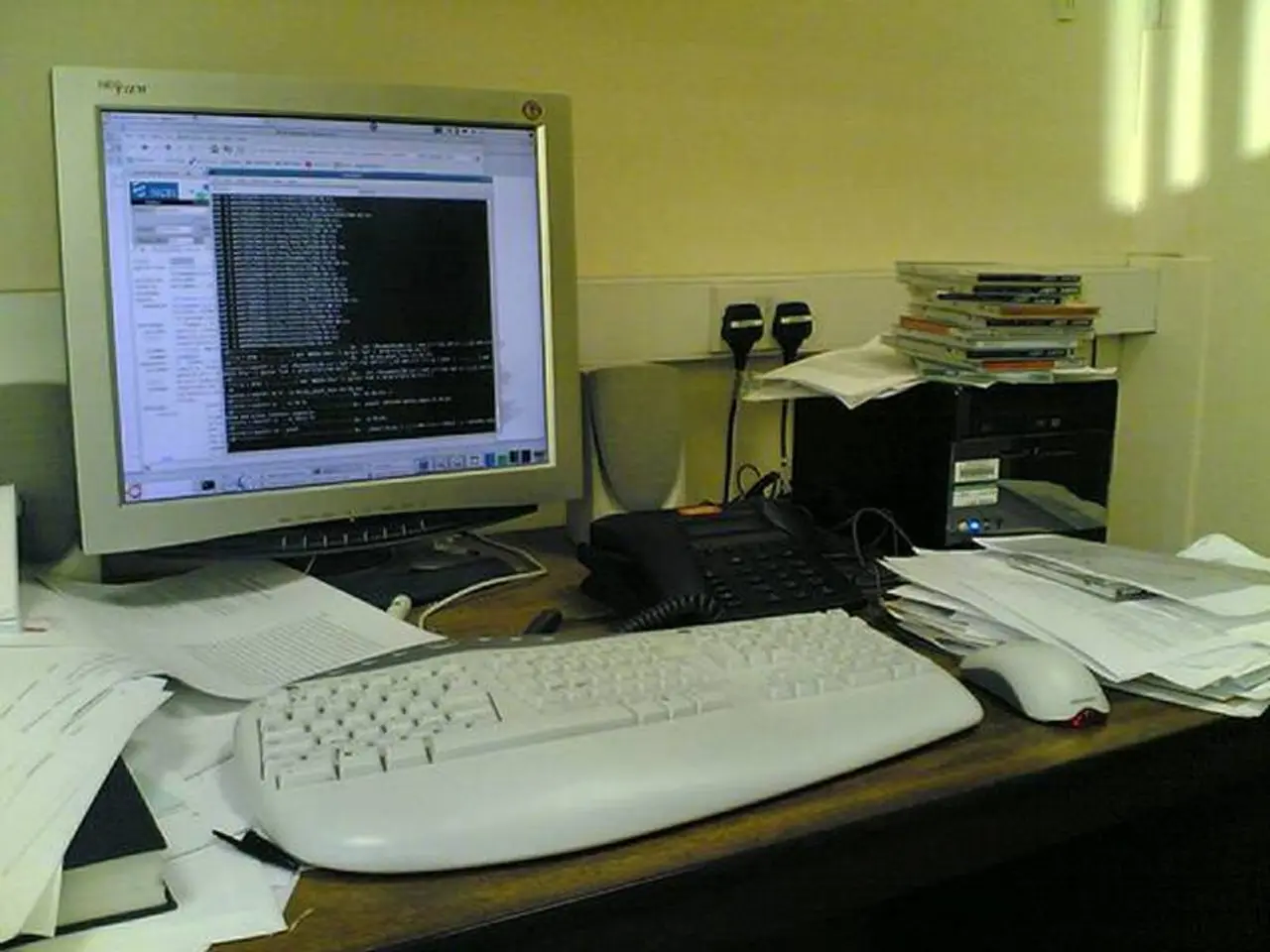Smartboards: The Intelligent Approach to Learning and Information Sharing
Smartboards in 2025: A New Era of Interactive Learning and Collaboration
In the ever-evolving world of technology, smartboards are making a significant impact, particularly in the realms of business, education, and government. These interactive displays are not just tools, but a revolution in the way we communicate and collaborate.
The year 2025 sees a multitude of trends shaping the design and development of smartboards. AI integration is at the forefront, with leading brands like SMART Technologies incorporating AI-powered features such as AI-generated quizzes and advanced interoperability. This enhances interactivity and personalized learning, as seen in the SMART Technologies’ GX Plus.
Another significant trend is the emphasis on ultra-high-definition (UHD) 4K resolution. Manufacturers are striving for sharper visual clarity in presentations and hybrid meetings, with models like the SMART Board Mini and Ikinor’s 4K UHD interactive flat panels leading the way.
Multi-touch capabilities and cloud-based collaboration tools are also key, supporting real-time annotations, simultaneous interaction, and remote meetings. This is crucial for both education and corporate hybrid environments.
Smartboards are increasingly designed to facilitate hybrid learning and remote collaboration, with features that support annotation, file saving, and multi-user interaction from various locations. Eco-friendly, energy-efficient design is a priority, aligning with broader sustainability goals such as paperless workflows and reduced power consumption.
Customization and flexible solutions are also a focus, with manufacturers like Ikinor offering customizable hardware and software solutions to address diverse user needs at scale for both education and business sectors.
In the education market, smartboards are trending towards increased student engagement, simplified user experiences, and future-ready learning environments. Innovations include incorporating principles of Universal Design for Learning, gamification, and even emerging visualization technologies such as 3D holographic visuals to enhance engagement in classrooms.
The corporate world values certification with platforms like Microsoft Teams and Zoom, and the ability to support "one-touch" meetings is a major trend in smartboard development. The rise of flexibility is a trend in the workplace, with smartboards becoming an important part of remote and on-site collaboration.
Sustainability is another key trend, with a push towards energy-efficient displays, recyclable materials, and longer product lifecycles. There is a growing demand for larger smartboard displays, with 75-inch boards becoming the new standard and an increased interest in 86-inch models.
Built-in microphones and speakers are popular features in smartboards, reducing setup for videoconferencing. SMART's tools for interactive displays are intuitive and easy to use, and their products come with dedicated writing instruments and built-in storage trays.
In the education market, educators want interactive displays that can easily integrate with their existing devices and have simplified, seamless connections. Edge-to-edge glass designs and modular systems that adapt to different room sizes are innovations in smartboards. AI-powered features like live transcription, adaptive learning platforms, and intelligent camera tracking are being integrated into smartboards. AI-enhanced collaboration tools are a trend in smartboard innovation.
Avocor is focusing on AI-powered features, cloud-based collaboration tools, and 4K resolution displays to accelerate smartboard adoption. SMART Technologies is focusing on creating simple, walk-up-and-use experiences to enhance engagement and connection.
In summary, the major 2025 trends shaping smartboard design and development center on AI-powered interactivity, high-resolution displays, collaborative cloud integration, hybrid support, sustainability, customization, and enhanced educational utility, all aligned with segment-specific technology preferences and regional market dynamics. Today, a wide range of companies produce smartboards, which are in demand in business, educational, and government settings. Smartboards should be easy to set up and use, support multi-touch capability, come with a stylus, and be built for deployment in a variety of settings.
- As we move towards 2025, smartboards are not only expected to have high-resolution displays for sharper presentations, but also AI-powered features like AI-generated quizzes and advanced interoperability to enhance interactivity and personalized learning.
- Companies are focusing on customizable hardware and software solutions, aiming to provide flexible solutions for both education and business sectors, ensuring that smartboards support multi-touch capabilities, cloud-based collaboration tools, and real-time annotations.
- In the education market, smartboards are being designed to incorporate principles of Universal Design for Learning, gamification, and emerging visualization technologies such as 3D holographic visuals, aiming to create future-ready learning environments that increase student engagement.








